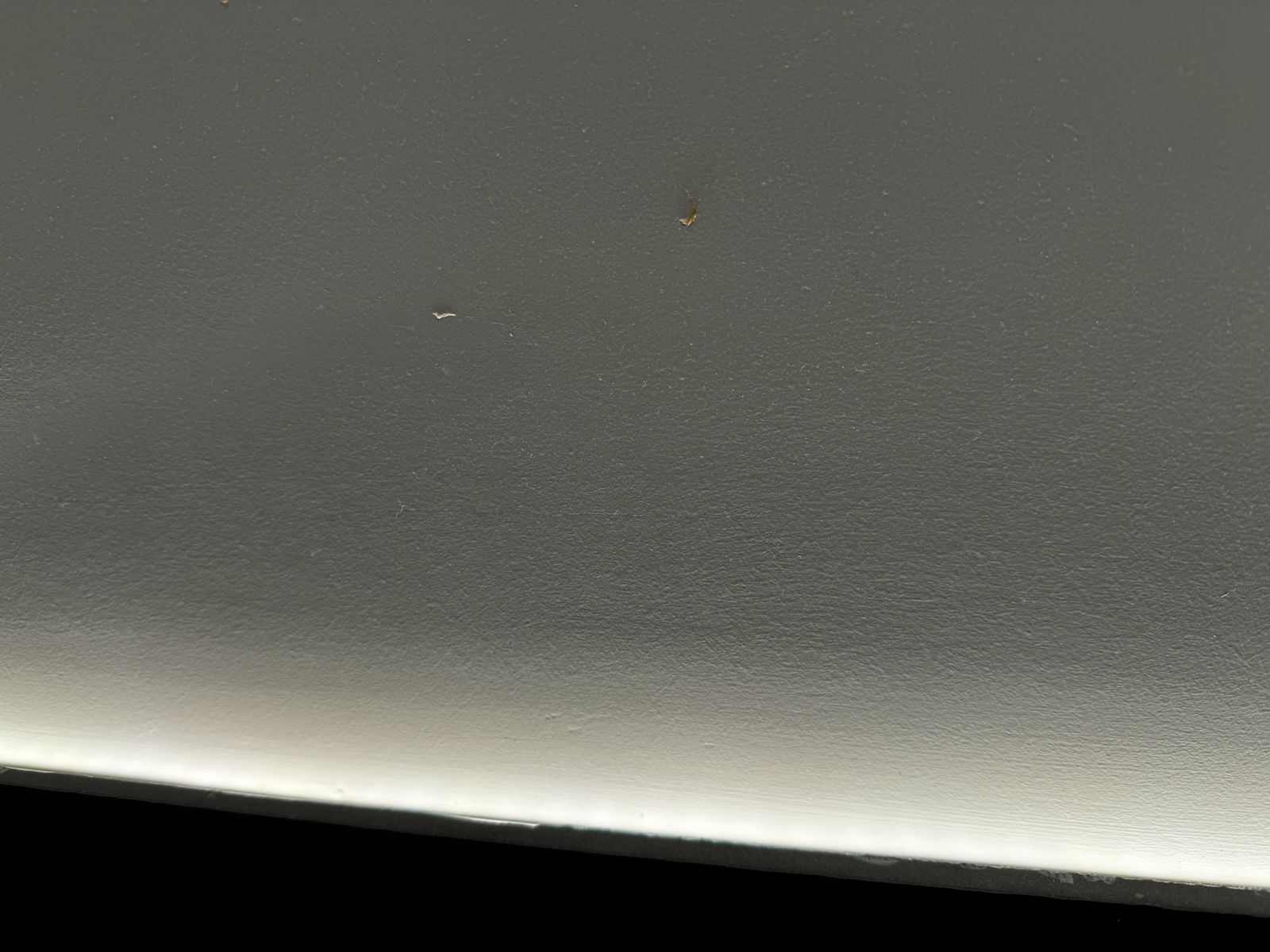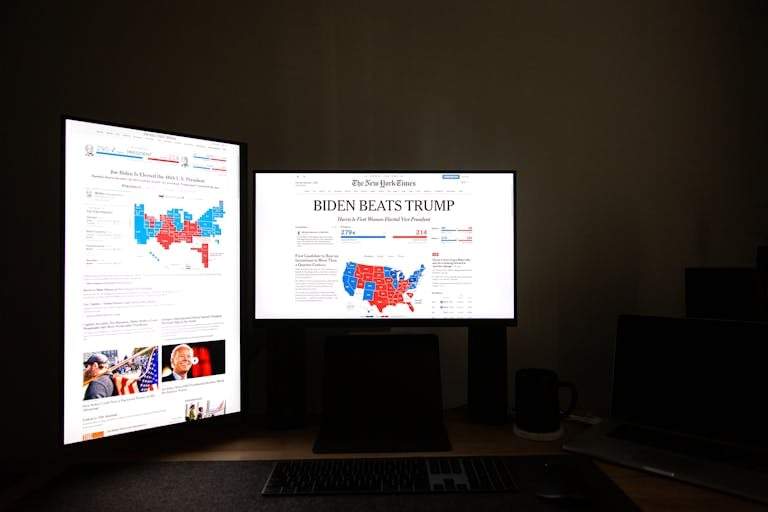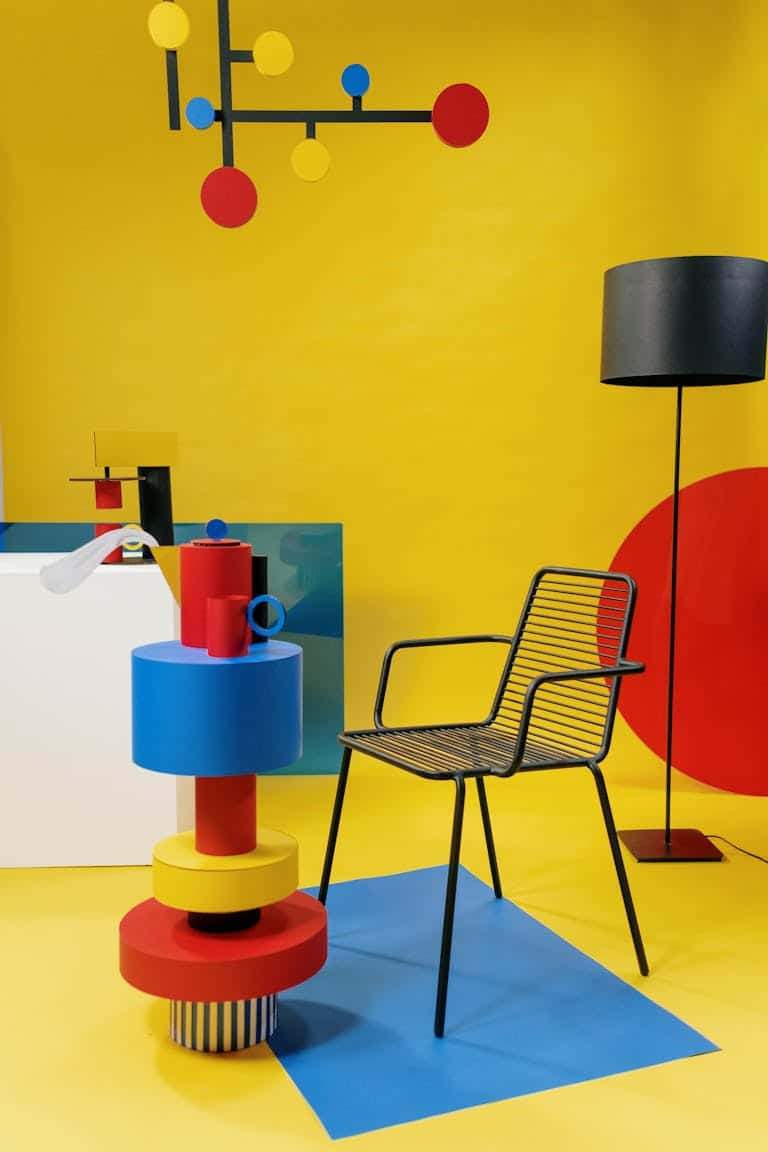“Exploring the Disturbing Habit of Nasal Mucus Smearing: Psychological Motives and Architectural Implications”
In public spaces, particularly restrooms, an unusual but noticeable issue often appears: the act of smearing nasal mucus on walls. While seemingly trivial or even childish, this behavior has persisted in public restrooms across the globe, leaving many wondering why individuals engage in such acts. Is there a psychological motive? And more importantly, what are the implications of this behavior for architecture and public health?
Psychological Analysis: What Drives Mucus Smearing Behavior?
The act of smearing mucus on walls may stem from psychological motivations ranging from minor rebellion to deeper emotional disturbances. Research in behavioral psychology suggests that public restrooms provide a paradoxical setting—a private space within a public context—where individuals may feel a certain anonymity, emboldening them to act in ways they wouldn’t normally consider in other spaces. For some, this act might represent a form of defiance, an unspoken statement or mark of existence, particularly in anonymous, transient spaces where people rarely form personal connections. Additionally, such behaviors could be symptomatic of underlying stress, compulsion, or impulse control issues, where the act of leaving a physical mark provides a sense of temporary release.
Architectural and Maintenance Challenges
From an architectural standpoint, public restrooms must balance functionality with the challenge of maintaining cleanliness in high-traffic environments. Mucus smearing may seem minor in the grand scheme of vandalism, yet it poses a persistent and visually unpleasant issue. This creates an additional layer of work for cleaning staff and forces facility managers to frequently repaint or refinish walls, leading to higher maintenance costs. Moreover, the repetitive cleaning can deteriorate surface materials faster, requiring spaces to be more frequently renovated to maintain an acceptable standard of hygiene and appearance.
Health Implications of Mucus-Smearing in Shared Spaces
Nasal mucus, although seemingly harmless, can contain various pathogens that are transmissible through contact. For instance, bacteria and viruses within mucus may contribute to the spread of illnesses when left on public surfaces. Public health standards emphasize the need for rigorous cleaning and materials resistant to frequent sanitization, especially in restrooms. Yet, while non-porous materials and antibacterial coatings help mitigate microbial risks, the constant need for sanitation due to mucus smearing remains a burden on public health and hygiene protocols.
Architectural Strategies to Deter Such Behaviors
Addressing this type of vandalism requires innovative architectural and design strategies. Many modern public restrooms now incorporate smooth, non-porous wall finishes that are easier to clean and less likely to hold onto organic matter. Some facilities also employ antibacterial coatings, which inhibit microbial growth on surfaces and make frequent cleaning less damaging to wall materials. Improved ventilation and lighting also play a role, as well-lit and airy spaces tend to discourage vandalism by creating a more welcoming atmosphere, which can indirectly reduce the likelihood of disruptive behaviors.
Final Reflections: Behavior and the Responsibility of Public Space Design
Understanding the motivations and impact of behaviors like mucus smearing helps architects, designers, and public space managers improve the resilience and hygiene of shared environments. While it may seem like a small issue, addressing it through thoughtful design and material choices can help maintain a higher standard of cleanliness and comfort. By acknowledging and addressing even the less-discussed aspects of public space use, we move toward creating environments that cater to both the functionality and dignity of shared human experiences.







